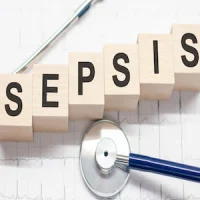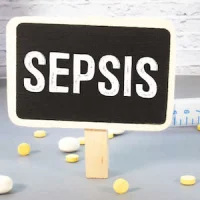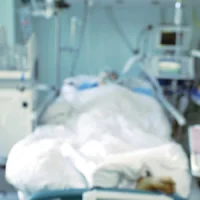An article released in conjunction with the Intensive Care & Emergency Medicine (ISICEM) Congress helps clinicians understand the choice and timing of vasopressors in vasodilatory shock. It is one of ten reviews selected from the Annual Update in Intensive Care and Emergency Medicine 2022.
Vasodilatory shock is one of the most common forms encountered in patients admitted to the ICU. The predominant aetiology of this form of circulatory shock is sepsis. Other causes may include postoperative vasoplegia, anaphylaxis, spinal cord injury, acute pancreatitis, and direct vascular relaxation.
Vasodilatory shock is characterised by reduced systemic vascular resistance and arterial hypotension. Intravascular fluid resuscitation and vasopressors are required to restore the vascular tone. Norepinephrine has been the first-line vasopressor of choice for over a decade. The classic approach has been to apply catecholamine vasopressors and titrate to achieve a specified mean arterial pressure. This typically involves initiation of norepinephrine, up-titration of dosage (often to toxic levels), waiting for a relative catechol amine-refractory state and moving on to the next vasopressor. However, this strategy could delay achieving adequate perfusion pressure, eventually leading to multiorgan failure.
This approach leaves many questions unanswered - at what point can intensivists consider norepinephrine failure? When should they apply a secondary vasopressor? And if they do, which secondary vasopressor should they use?
What is needed is the use of an early, multimodal balanced vasopressor strategy as an alternative to the classic approach. The ultimate goal of resuscitation in vasodilatory shock is to attain a satisfactory perfusion pressure that would ensure adequate delivery of oxygen to tissues. Any delays in restoring adequate perfusion are associated with organ failure and an increased risk of death. Studies show that the risk of death increases by 5.3% every hour that vasopressor initiation is delayed. The odds of worsening organ failure increase fourfold when vasopressor initiation is delayed beyond 4 hours. However, despite this knowledge of worse outcomes, there has been limited effort to drive protocolised practice to minimise such delays.
Hyperlactataemia is a hallmark of poor prognosis in vasodilatory shock and epitomises a deficit in adequate organ perfusion. The risk of multiorgan failure and death increases with increasing locate concentrations. Lactate concentrations can also offer insight into vasopressor selection and timing.
A major consequence of the classic stepwise vasopressor approach is the overall catecholamine burden. Arrhythmia occurs in up to one-third of patients who receive norepinephrine in septic shock. Cumulative dosage of norepinephrine is an identifiable measure for predicting prognosis in septic shock. In addition, catecholamine dosage is an easy bedside marker for a decision on vasopressor escalation.
The authors recommend using early multimodal vasopressors (broad-spectrum vasopressors) as this can provide a physiologic-guided approach to the complex and multifactorial pathogenesis of vasodilatory shock.
Source: Critical Care
Image Credit: iStock
References:
Wieruszewski PM, Khanna AK (2022) Vasopressor Choice and Timing in Vasodilatory Shock. Critical Care. doi. 10.1186/s13054-022-03911-7
Latest Articles
Sepsis, norepinephrine, Vasopressin, vasodilatory shock, Vasopressor Management
#ISICEM22: Vasodilatory Choice and Timing










